Ancient ruins have long fascinated historians and archaeologists alike. These sites hold mysteries that defy modern explanations, leaving us with more questions than answers. Each one has a story to tell, often filled with architectural feats and cultural mysteries that seem to challenge the capabilities of their time. Here are some of the most enigmatic ancient ruins, each still holding tightly to its secrets.
Göbekli Tepe, Turkey
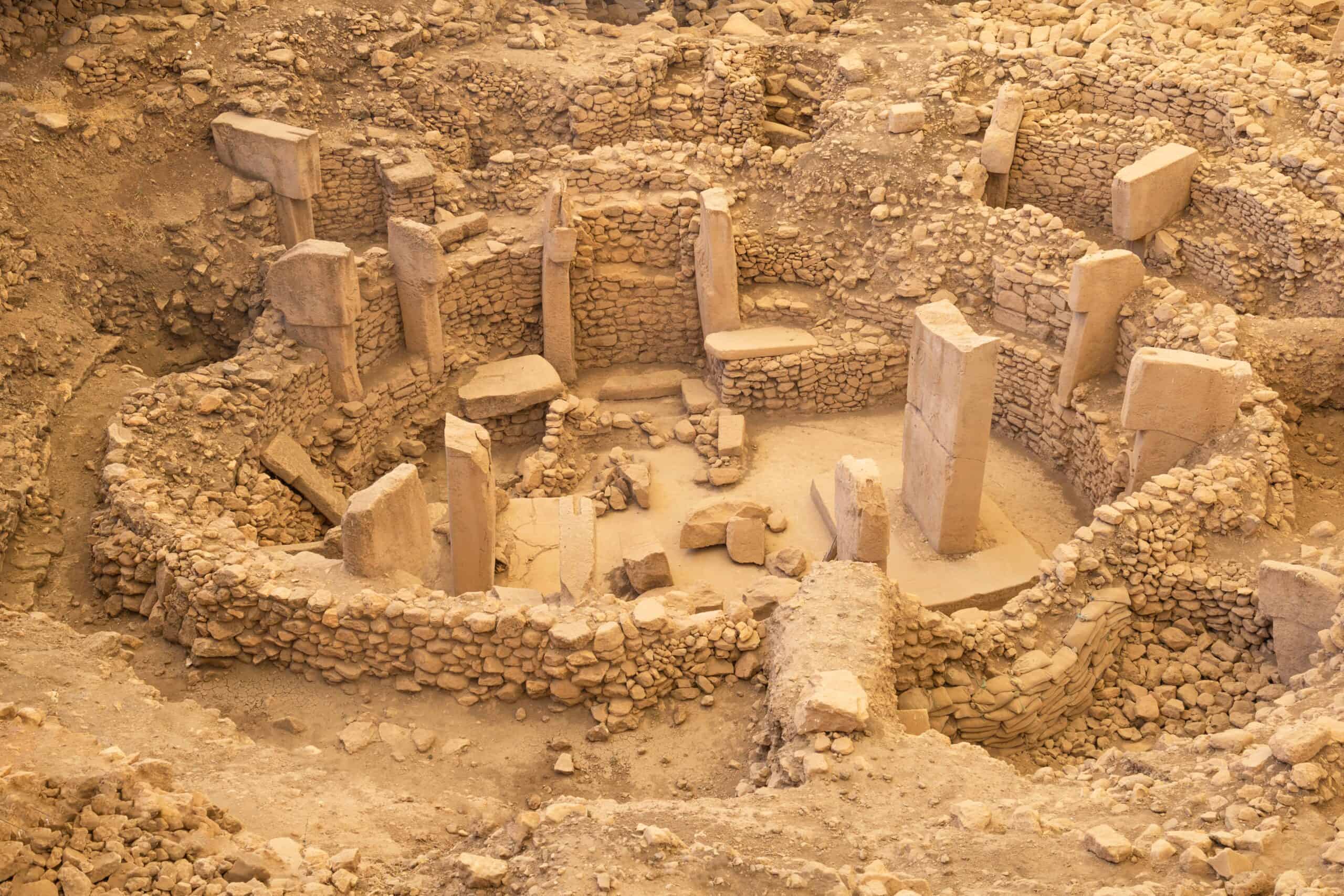
Göbekli Tepe is often referred to as the world’s oldest known temple, dating back over 11,000 years. Situated in southeastern Turkey, it features massive stone pillars arranged in circular formations, each pillar intricately carved with images of animals and symbols. Remarkably, these stones weigh several tons and were transported and assembled without the use of the wheel. Researchers believe it was a ceremonial site, yet there’s no evidence of a settlement around it. The techniques used to construct it are baffling given the time period, leading experts to question how such a complex site could have been built by hunter-gatherers. The purpose and creators of Göbekli Tepe remain one of archaeology’s greatest mysteries.
Stonehenge, England
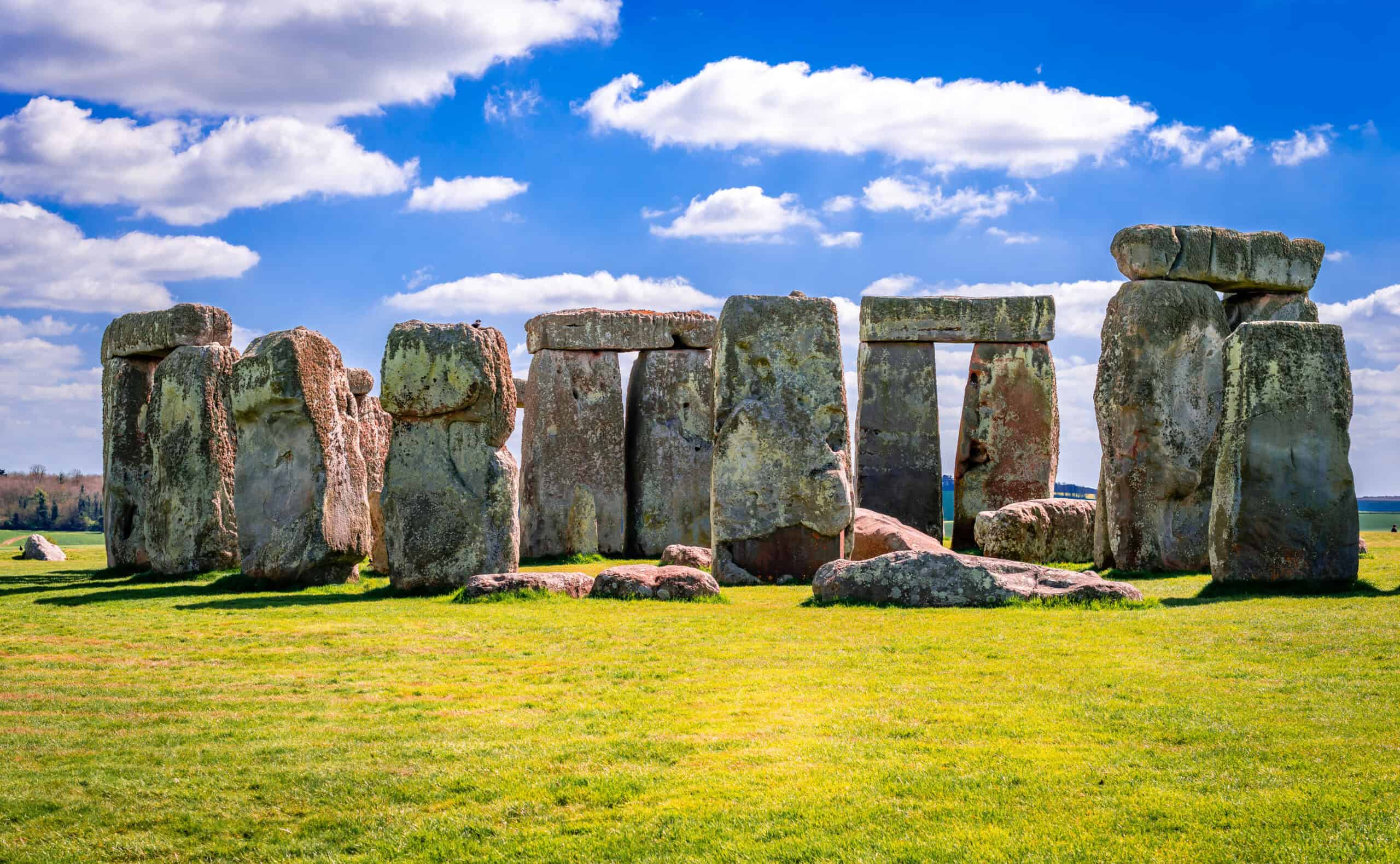
Stonehenge, located on the Salisbury Plain in England, is a ring of standing stones that has puzzled experts for centuries. Each stone, some weighing up to 25 tons, was somehow transported and arranged by an ancient society with limited technology. The site is aligned with the movements of the sun, leading some to believe it was an astronomical calendar or a place of worship. Despite extensive research, no one knows exactly how the stones were moved from quarries miles away or why Stonehenge was built. This iconic monument continues to attract curiosity and wonder, standing as a testament to ancient ingenuity and mystery.
Puma Punku, Bolivia
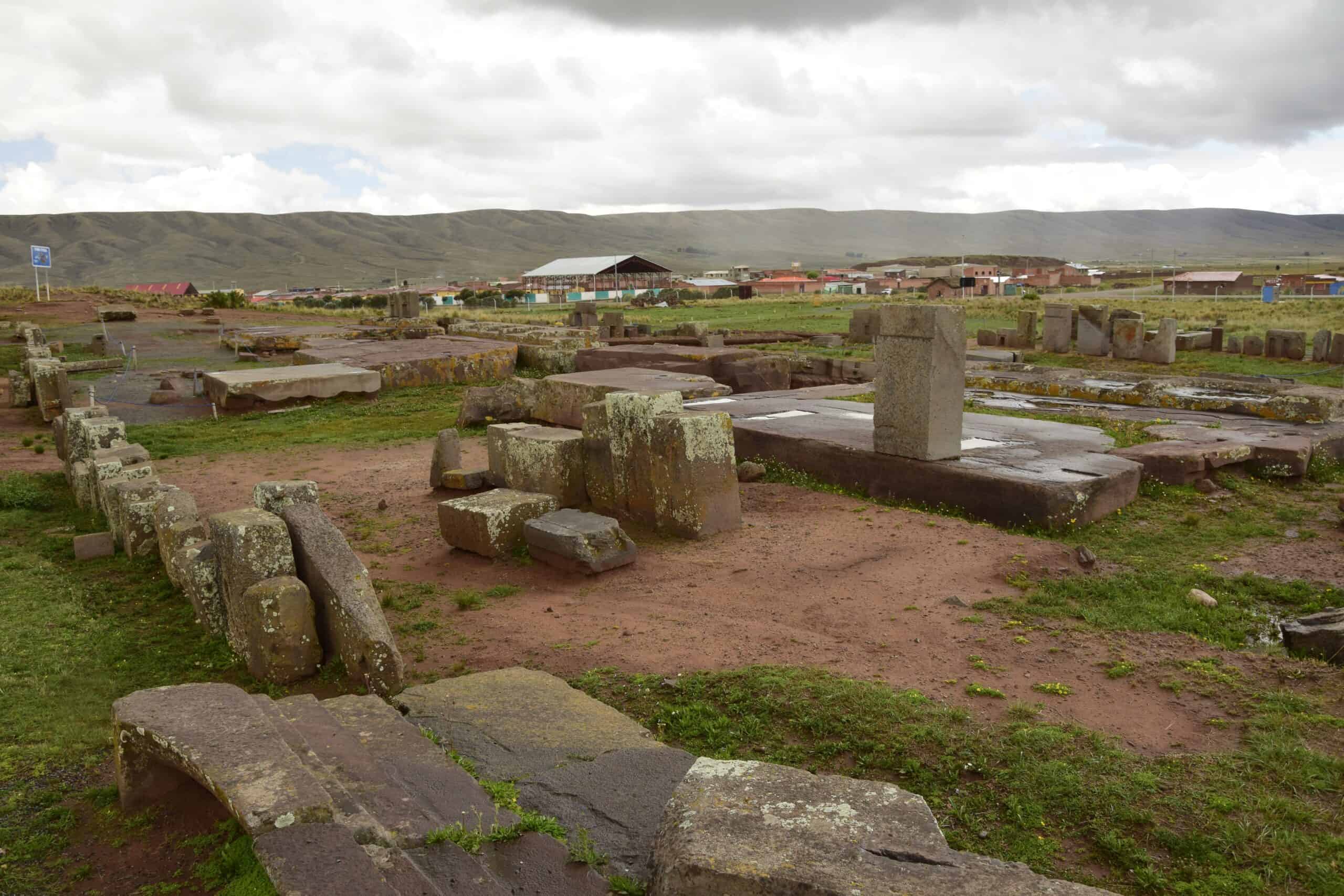
The ancient site of Puma Punku, part of the Tiwanaku complex in Bolivia, is known for its precisely cut stone blocks. These massive stones, some weighing over 100 tons, are arranged in a way that suggests an advanced understanding of engineering and stonework. The stones have sharp angles and intricate grooves that fit together like puzzle pieces, without the use of mortar. Even with today’s technology, recreating such precise cuts would be a challenge. Archaeologists are uncertain how these blocks were transported or carved with such precision, sparking theories ranging from lost advanced technology to extraterrestrial help. Puma Punku remains one of the most mysterious ruins in South America.
Nan Madol, Micronesia
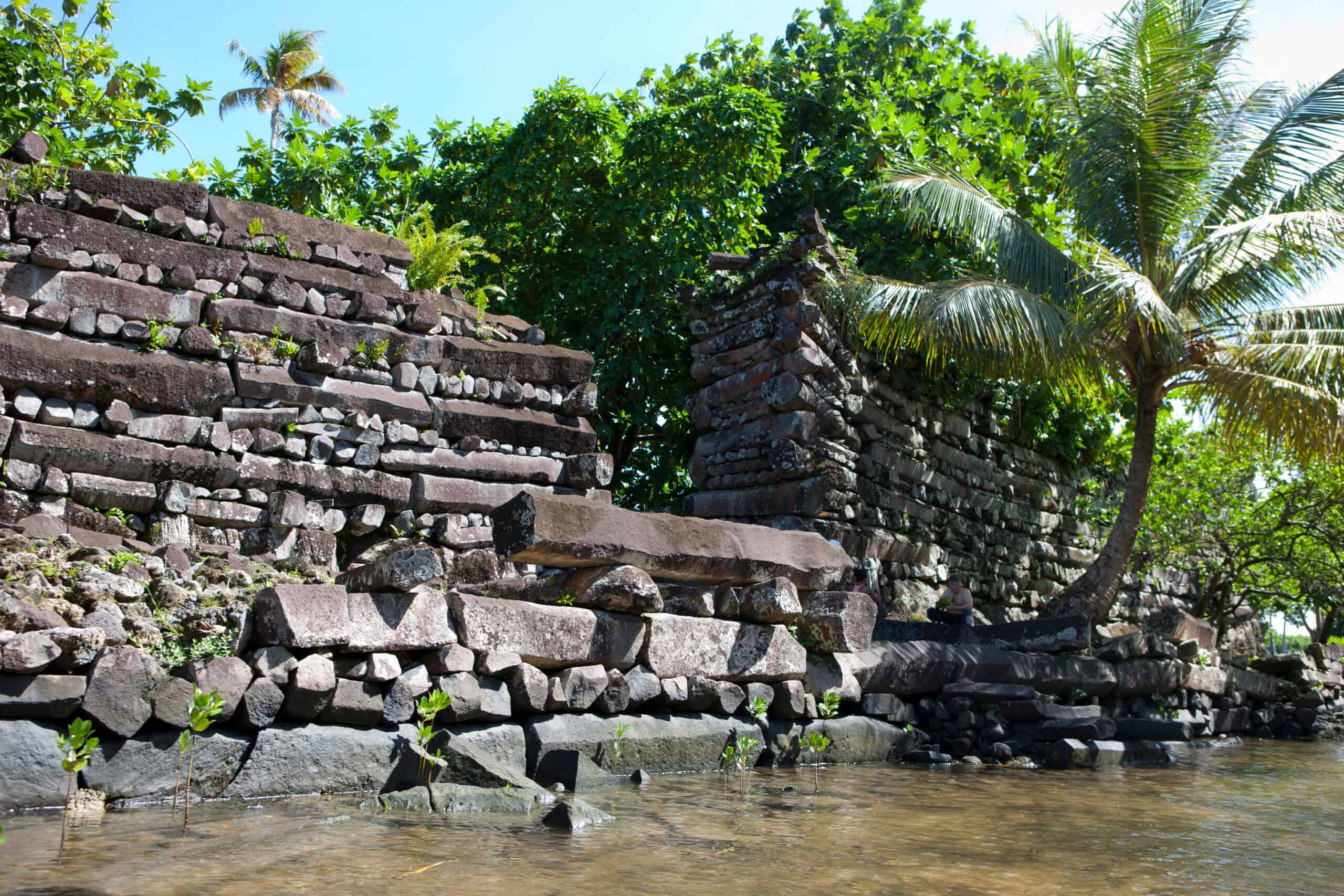
Nan Madol, an ancient city built on a series of small, artificial islands off the coast of Pohnpei in Micronesia, is often called the “Venice of the Pacific.” Constructed from huge basalt columns, the city stretches over 92 islets connected by canals. Some stones weigh up to 50 tons, and no one knows exactly how they were moved or placed on these tiny islands. Built as a ceremonial center, Nan Madol also served as the political heart of the Saudeleur Dynasty. Despite its prominence, there are no records explaining how or why this impressive city was abandoned. Its remote location and architectural feats continue to baffle researchers.
The Great Pyramids of Giza, Egypt

The Great Pyramids of Giza, especially the Pyramid of Khufu, are among the most iconic and mysterious structures in the world. Built around 4,500 years ago, these pyramids were monumental tombs constructed from massive limestone blocks, some weighing over 80 tons. The precision with which these stones are cut and aligned is extraordinary, and the construction techniques used remain unknown. Researchers are puzzled by how ancient Egyptians, with no advanced machinery, managed to construct such massive structures with perfect alignments to cardinal points. The purpose of specific chambers and the methods of construction are still debated, making the pyramids an enduring archaeological enigma.
Teotihuacan, Mexico
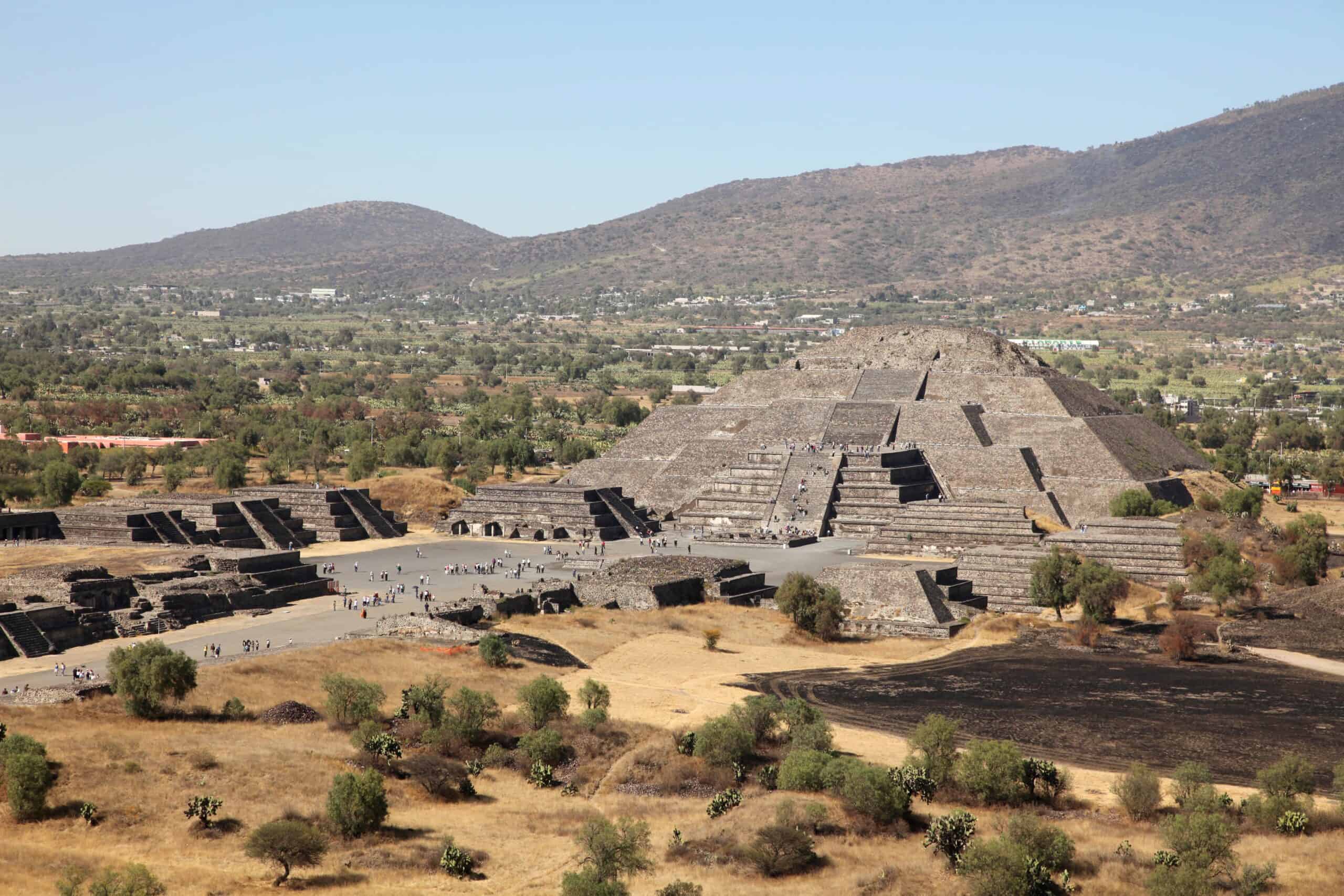
Teotihuacan, located near modern-day Mexico City, was once a thriving metropolis, home to one of the most powerful Mesoamerican civilizations. Dominated by monumental structures like the Pyramid of the Sun and the Pyramid of the Moon, Teotihuacan’s layout suggests a deep understanding of astronomy and urban planning. The city’s origins, builders, and reasons for its eventual decline remain unknown. Remarkably, the city was built without metal tools or draft animals, yet it features precise stonework and sophisticated drainage systems. Despite its vast influence, the identity of its builders is still a mystery, leading some to call Teotihuacan the “City of the Gods.”
Sacsayhuamán, Peru
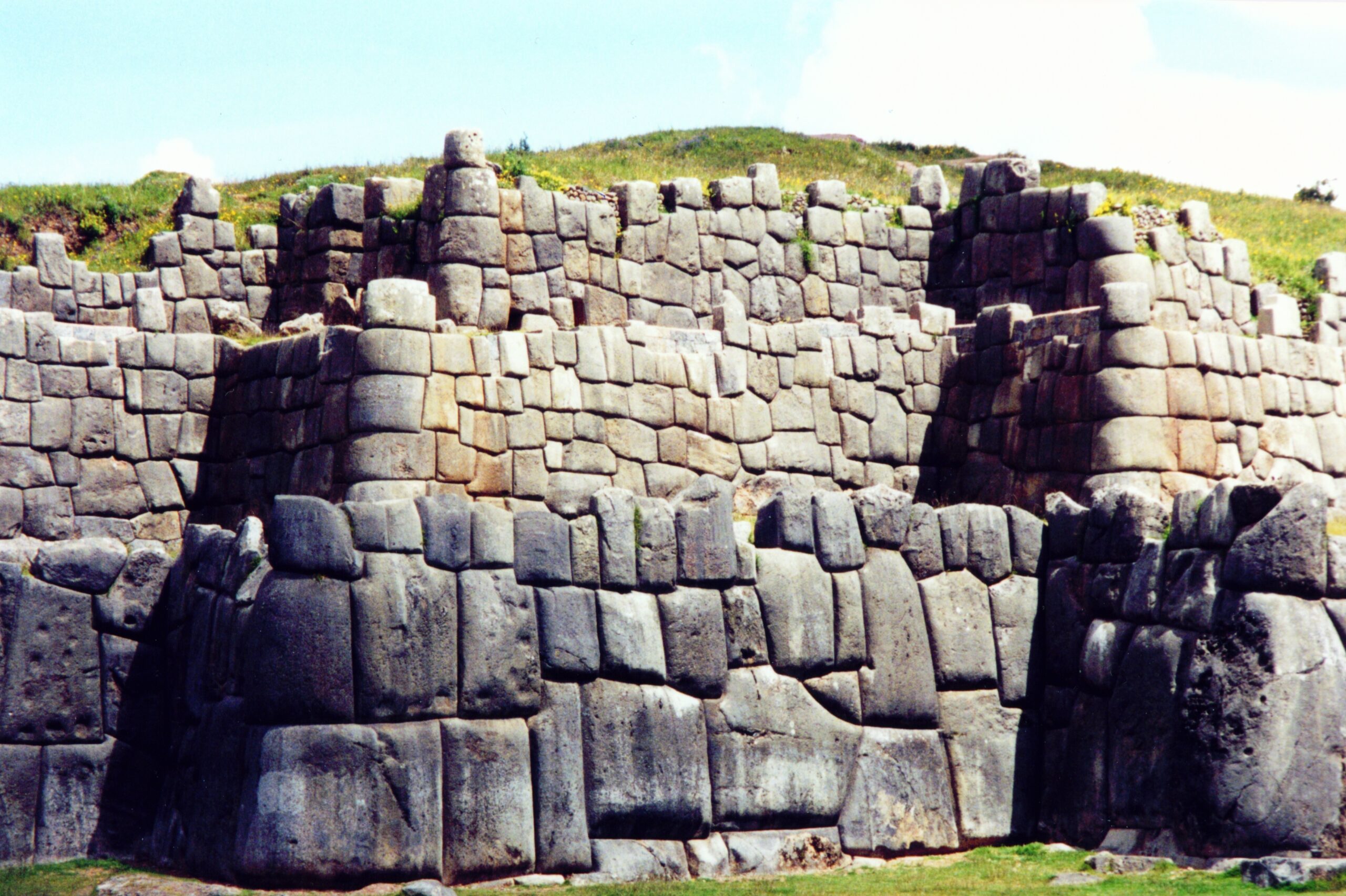
Sacsayhuamán, a fortress complex near Cusco, Peru, is famous for its massive stone walls built by the Inca. Each stone, some weighing as much as 200 tons, is cut with incredible precision to fit tightly together without mortar. The stones’ interlocking design is so precise that not even a blade of grass can fit between them. This structure’s resilience to earthquakes and the mystery of its construction continue to baffle experts. Some believe that advanced techniques, perhaps even unknown technologies, were used to transport and place the stones. Sacsayhuamán stands as an enduring mystery of Incan engineering and ingenuity.
Mohenjo-Daro, Pakistan

Mohenjo-Daro, part of the ancient Indus Valley Civilization, was a city ahead of its time, boasting a complex urban layout and advanced drainage systems. This archaeological site, dating back to around 2500 BCE, reveals carefully planned streets and sophisticated water management, suggesting an organized society with an understanding of engineering. Yet, no written records explain who the city’s residents were or why they abandoned it. The site is filled with intriguing artifacts, including undeciphered symbols on seals, which might offer clues about their culture. Despite extensive study, the city’s downfall remains a mystery, with theories ranging from natural disasters to invasion. Mohenjo-Daro’s mysteries endure, drawing attention from researchers worldwide.
The Yonaguni Monument, Japan
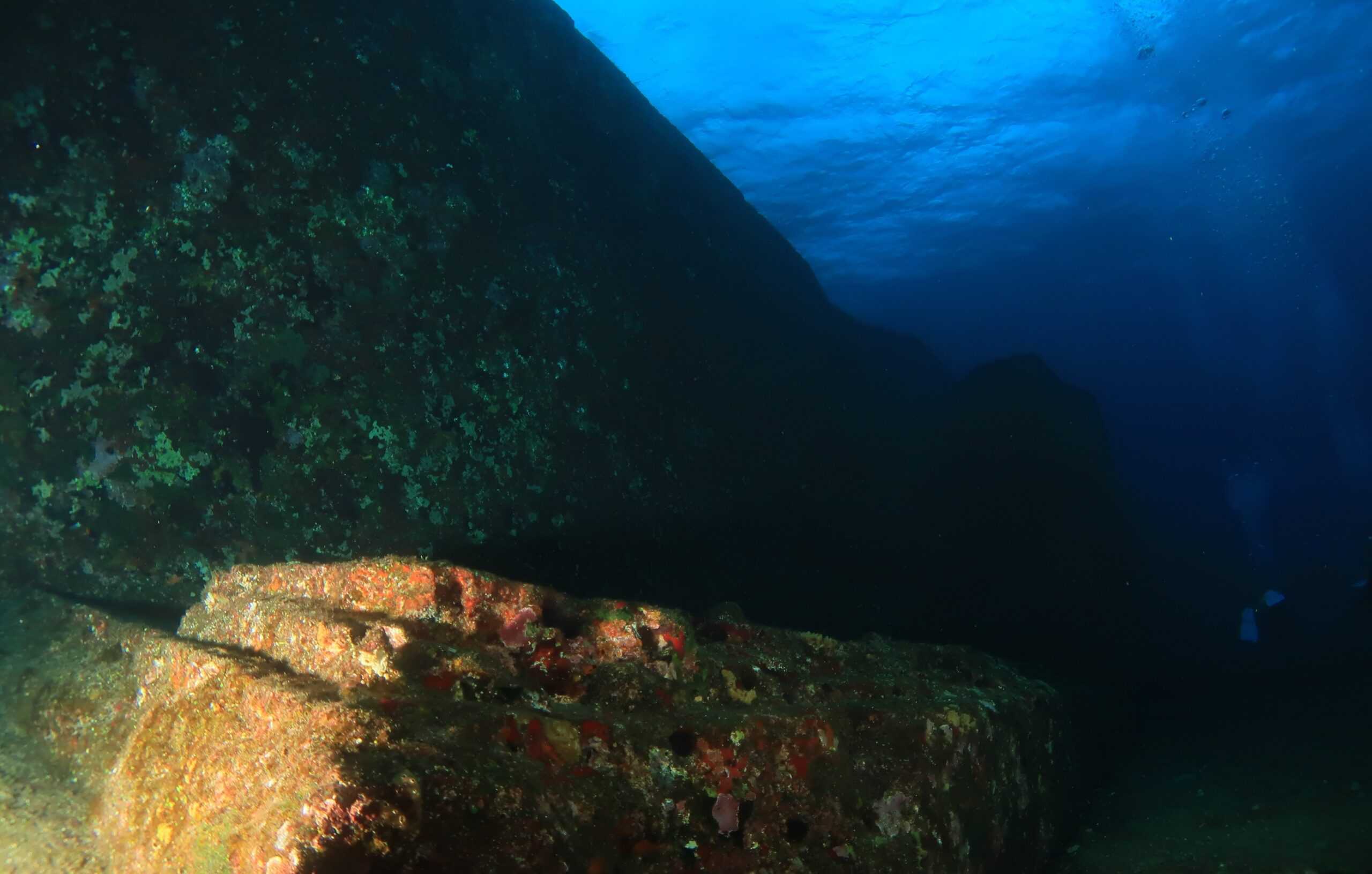
Located off the coast of Yonaguni, Japan, the Yonaguni Monument is a massive underwater stone structure that some believe could be remnants of an ancient civilization. Its distinct, angular shapes and terraces suggest it was man-made, but other experts argue it could be a natural formation. The site consists of huge slabs, steps, and flat surfaces resembling architectural features. The lack of artifacts or carvings has left its origin shrouded in uncertainty. Some propose it could be the lost civilization of Mu, a Pacific equivalent to Atlantis. The monument’s exact origins remain unexplained, fueling debates and fascination among scientists and divers alike.
The Hypogeum of Ħal Saflieni, Malta
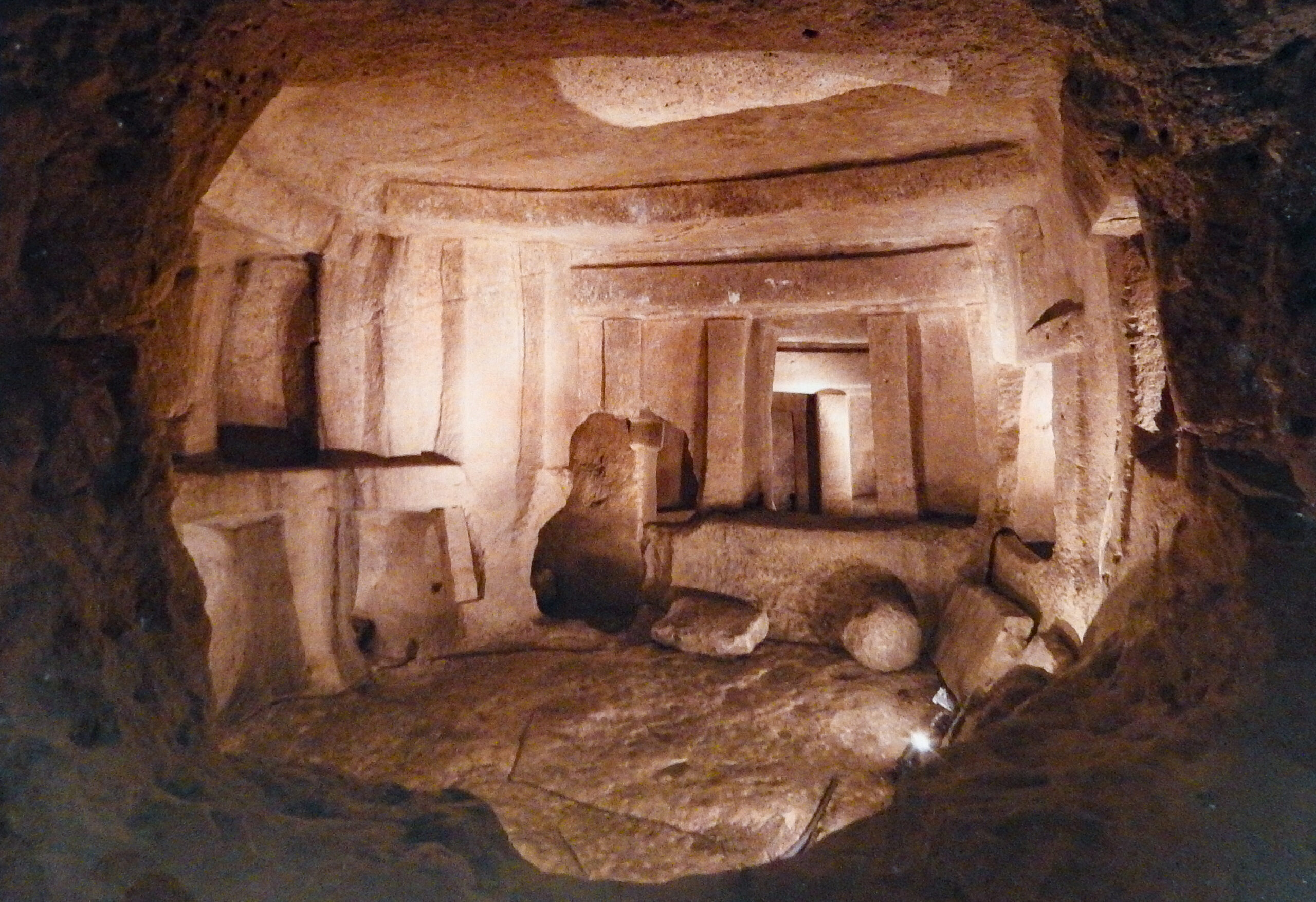
The Hypogeum of Ħal Saflieni in Malta is an ancient underground complex carved from limestone, believed to date back over 5,000 years. This subterranean structure, spanning multiple levels, served as a temple and burial site. Its design includes acoustically impressive chambers that can amplify sound, possibly used for ceremonies. Astonishingly, the builders carved this vast network without metal tools, creating precise layouts and intricate patterns. The remains of over 7,000 individuals have been found here, along with mysterious figurines and symbols. The purpose and construction methods of the Hypogeum remain an enigma, leaving researchers puzzled by this hidden marvel.
The Lost City of Petra, Jordan
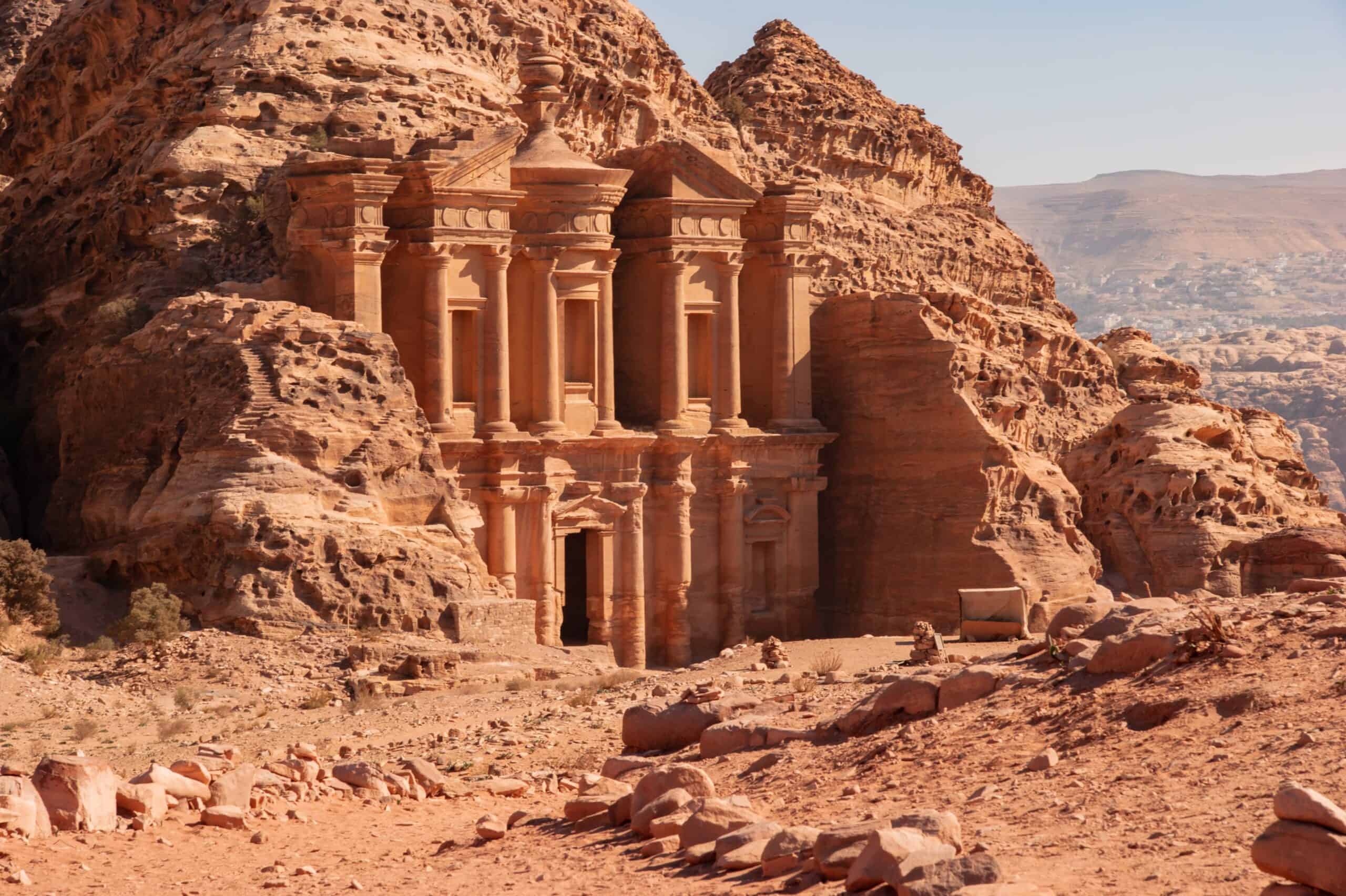
Petra, famously known as the “Rose City” due to its pink sandstone cliffs, was once a thriving trade hub in ancient Jordan. This ancient city, carved directly into rock cliffs, showcases impressive architecture with grand facades, temples, and tombs. Although attributed to the Nabataeans, little is known about how they created these detailed carvings or the exact techniques they used. Petra’s hydraulic engineering system, designed to control floods and conserve water, highlights their advanced understanding of irrigation in a desert environment. The reasons for Petra’s eventual abandonment remain unclear, making it one of the most captivating archaeological mysteries of the ancient world.
The Ruins of Great Zimbabwe, Zimbabwe
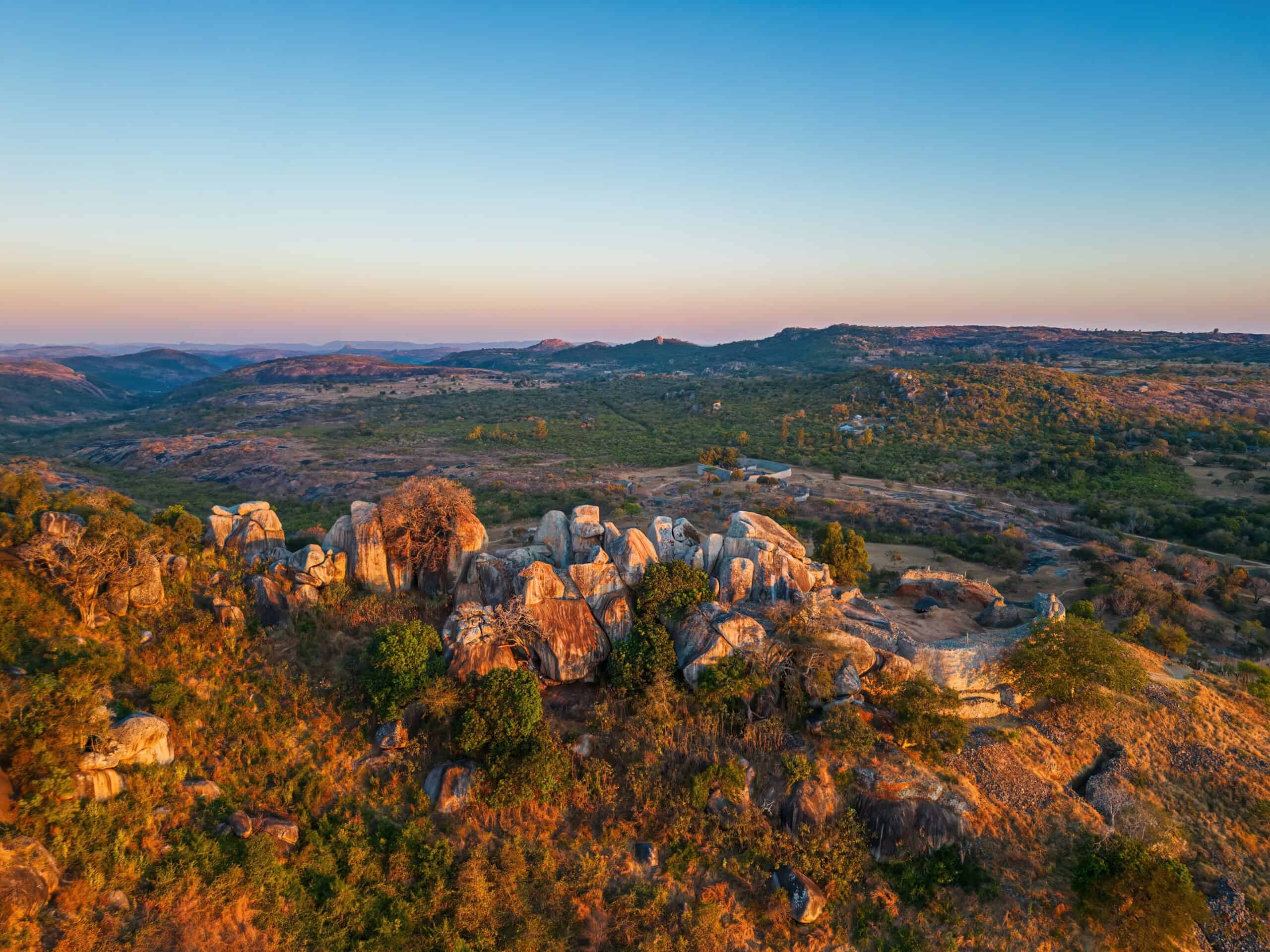
The Ruins of Great Zimbabwe consist of massive stone structures in southeastern Africa, built by the ancestors of the Shona people. Constructed between the 11th and 15th centuries, the site features massive granite walls without the use of mortar, an architectural feat that’s left historians in awe. The Great Enclosure, with its towering walls, is the largest ancient structure in sub-Saharan Africa. While believed to have been a royal residence or a religious center, the lack of written records makes its purpose unclear. Its sudden decline is also shrouded in mystery, with theories ranging from resource depletion to political strife.
The Ggantija Temples, Malta
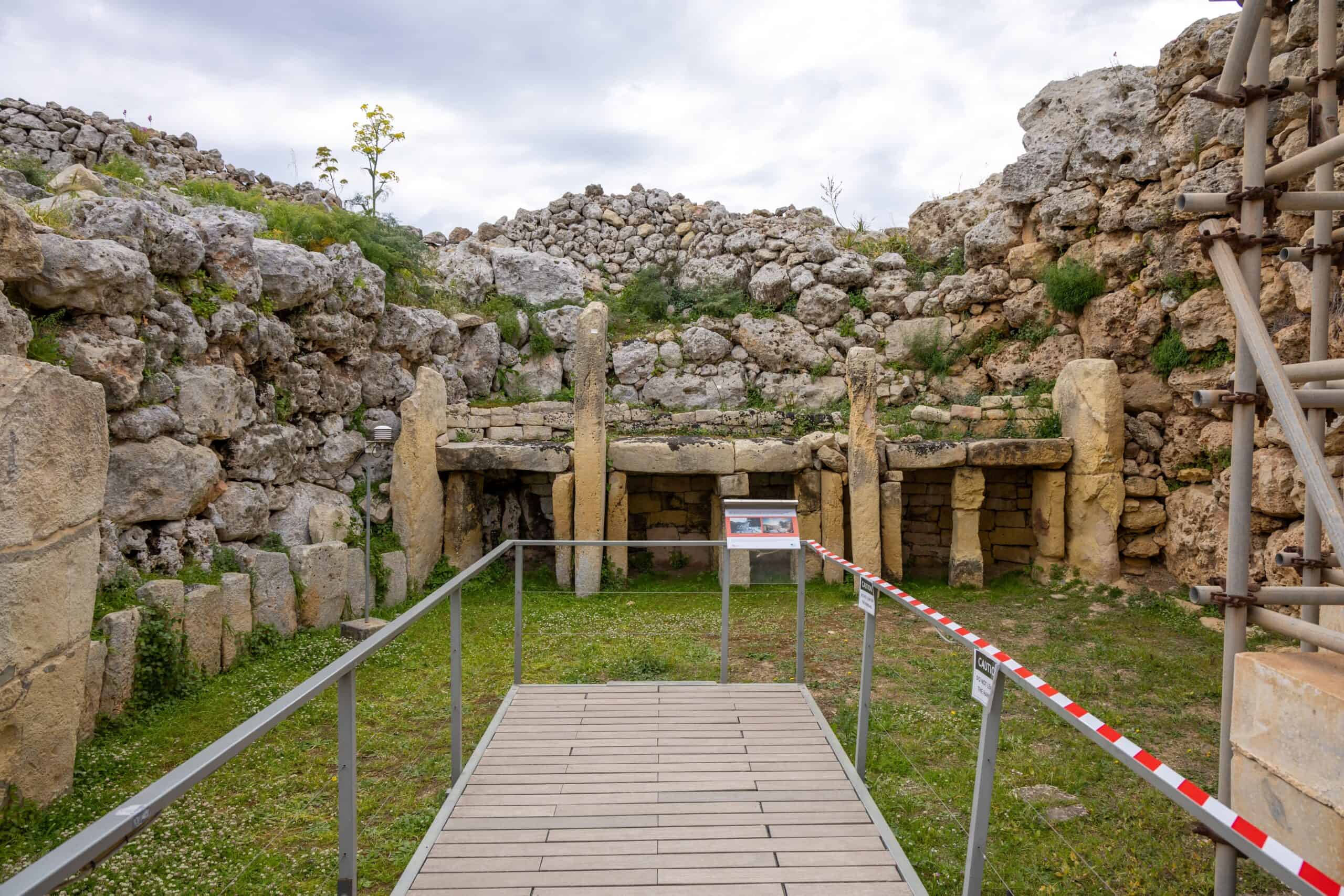
The Ggantija Temples on the island of Gozo in Malta are among the oldest free-standing structures in the world, dating back to around 3600 BCE. These megalithic temples are made of massive limestone blocks, some weighing up to 50 tons, arranged in unique layouts that reflect advanced architectural planning. The name “Ggantija” comes from the Maltese word for “giant,” as local legend suggests giants built the site. The temples feature intricate carvings and altars, hinting at ceremonial use, but no one knows for certain why they were built or by whom. The scale and complexity of Ggantija continue to astonish archaeologists.
The Valley of the Kings, Egypt
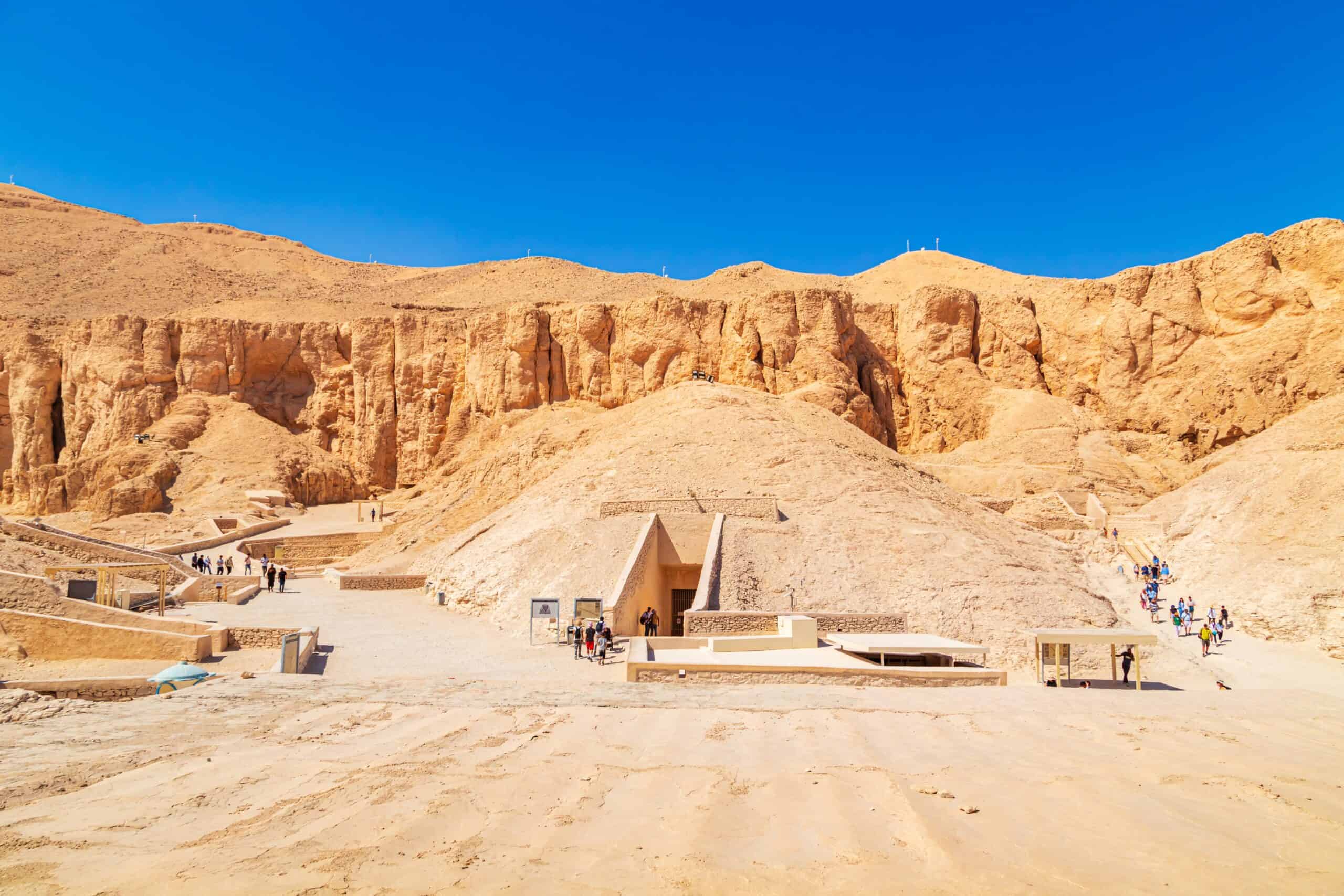
The Valley of the Kings, located on the west bank of the Nile near Luxor, is a necropolis that served as the burial site for ancient Egyptian royalty. It houses over 60 tombs, including the famous tomb of Tutankhamun, and is filled with elaborate wall paintings and treasures. The layout and decorations of each tomb reveal insights into Egyptian beliefs about the afterlife. Yet, despite extensive excavation, many questions remain, including the reasons behind certain tomb placements and undiscovered chambers rumored to exist. The Valley of the Kings holds countless untold stories, making it one of the most intriguing mysteries in Egyptology.
Chavín de Huántar, Peru
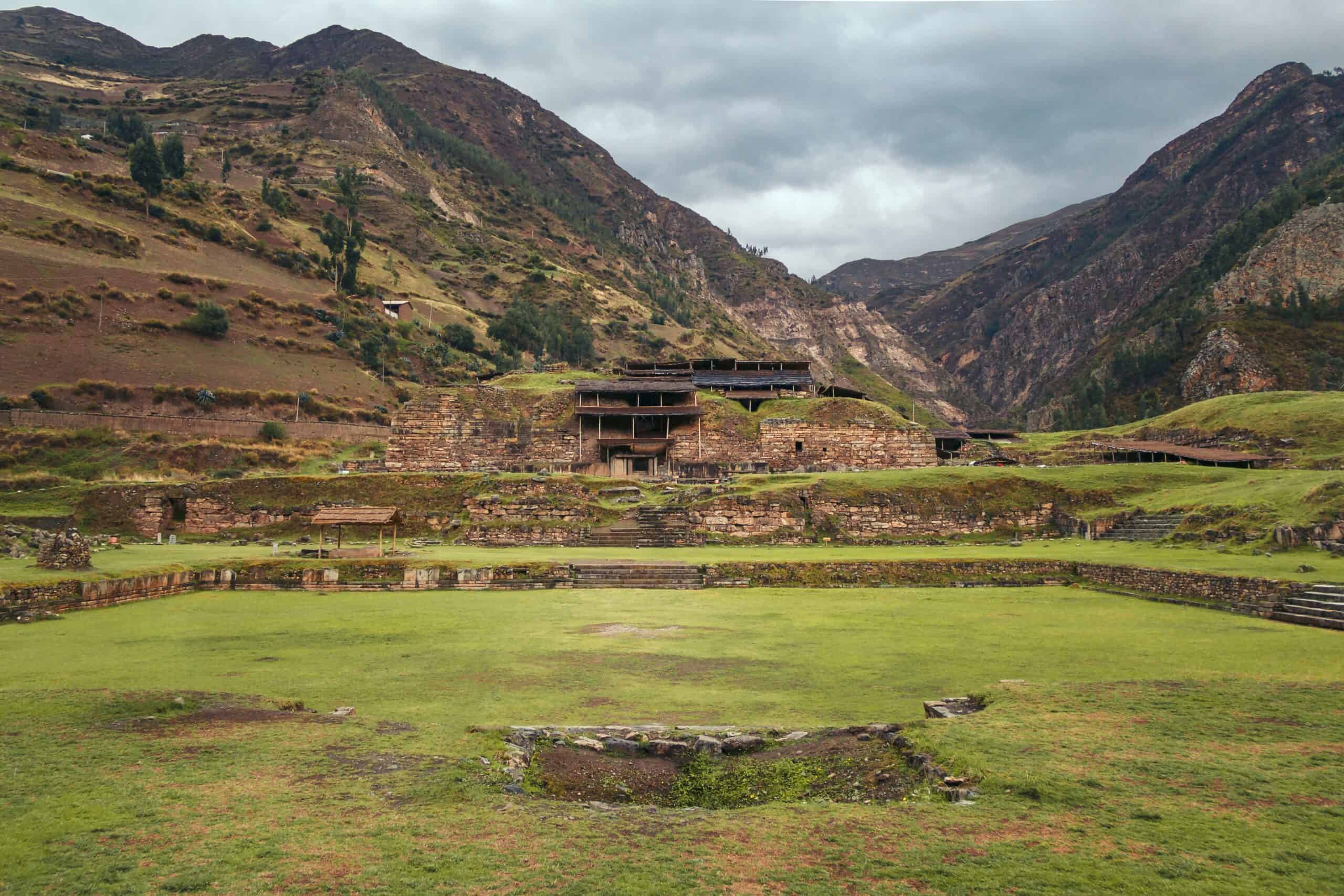
Chavín de Huántar, located in the Andean highlands of Peru, was once a ceremonial and religious center for the Chavín civilization around 900 BCE. The site is renowned for its complex network of underground tunnels, plazas, and temples. Massive stone carvings and intricate sculptures of deities with feline features decorate the site, showcasing impressive artistry and spiritual significance. The construction of the canals within these tunnels is particularly striking, as they were engineered to create an echoing sound that may have enhanced ritual experiences. Despite its importance, the exact purpose and methods of construction remain unclear. Chavín de Huántar continues to intrigue archaeologists with its mystifying design and unknown origins.
Derinkuyu Underground City, Turkey
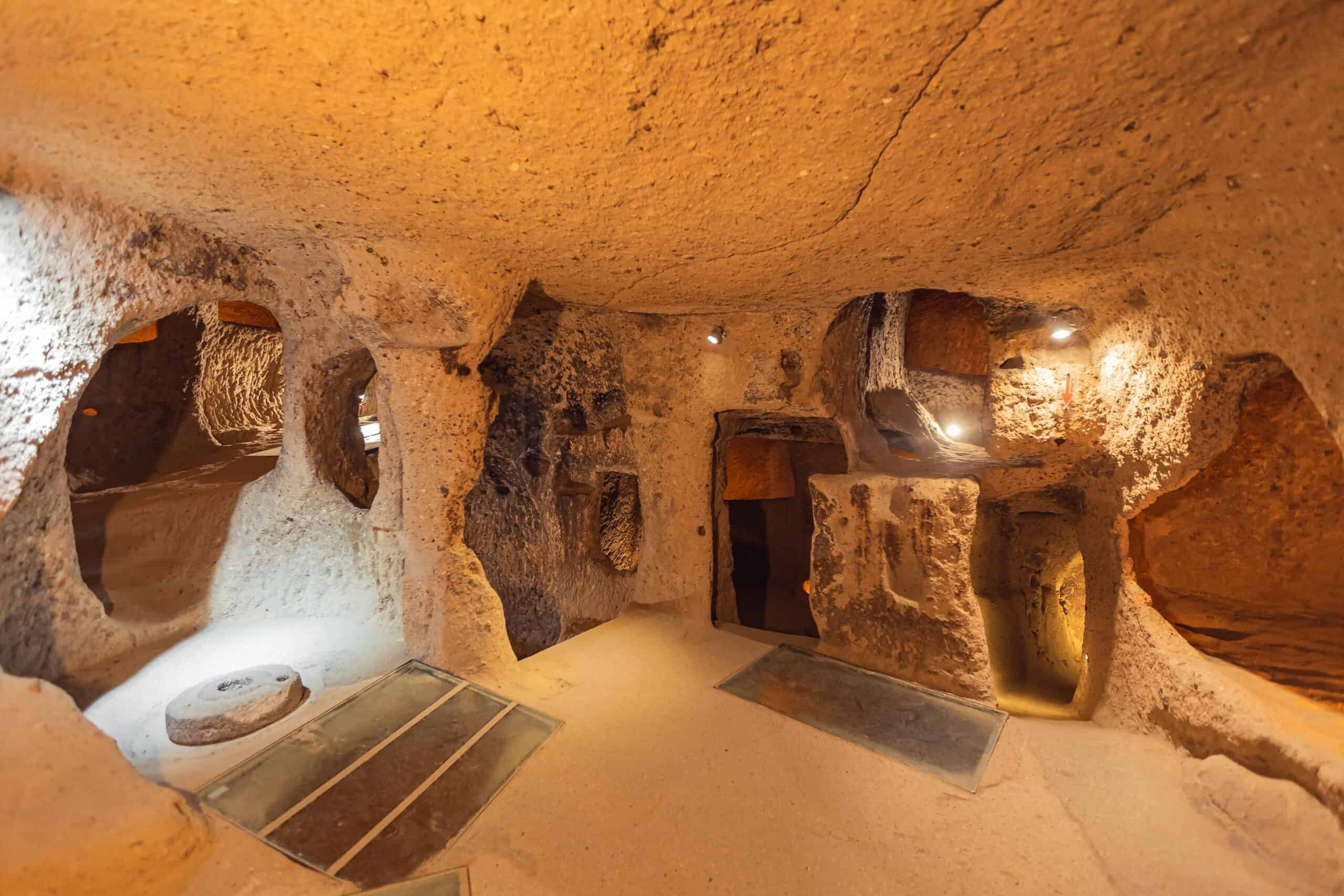
Derinkuyu, an ancient underground city in Turkey’s Cappadocia region, is a marvel of ancient engineering. This city extends about 200 feet below ground and includes multiple levels, with areas designated for living, food storage, worship, and even stables. Carved from volcanic rock, the city could reportedly shelter up to 20,000 people, suggesting it was built as a refuge, likely during periods of conflict. Its ventilation system and water wells demonstrate remarkable planning, allowing people to survive underground for extended periods. However, the identity of its builders and the reason for such extensive subterranean construction are still unknown. Derinkuyu’s purpose, design, and origin remain among history’s greatest mysteries.
The Kailasa Temple at Ellora, India
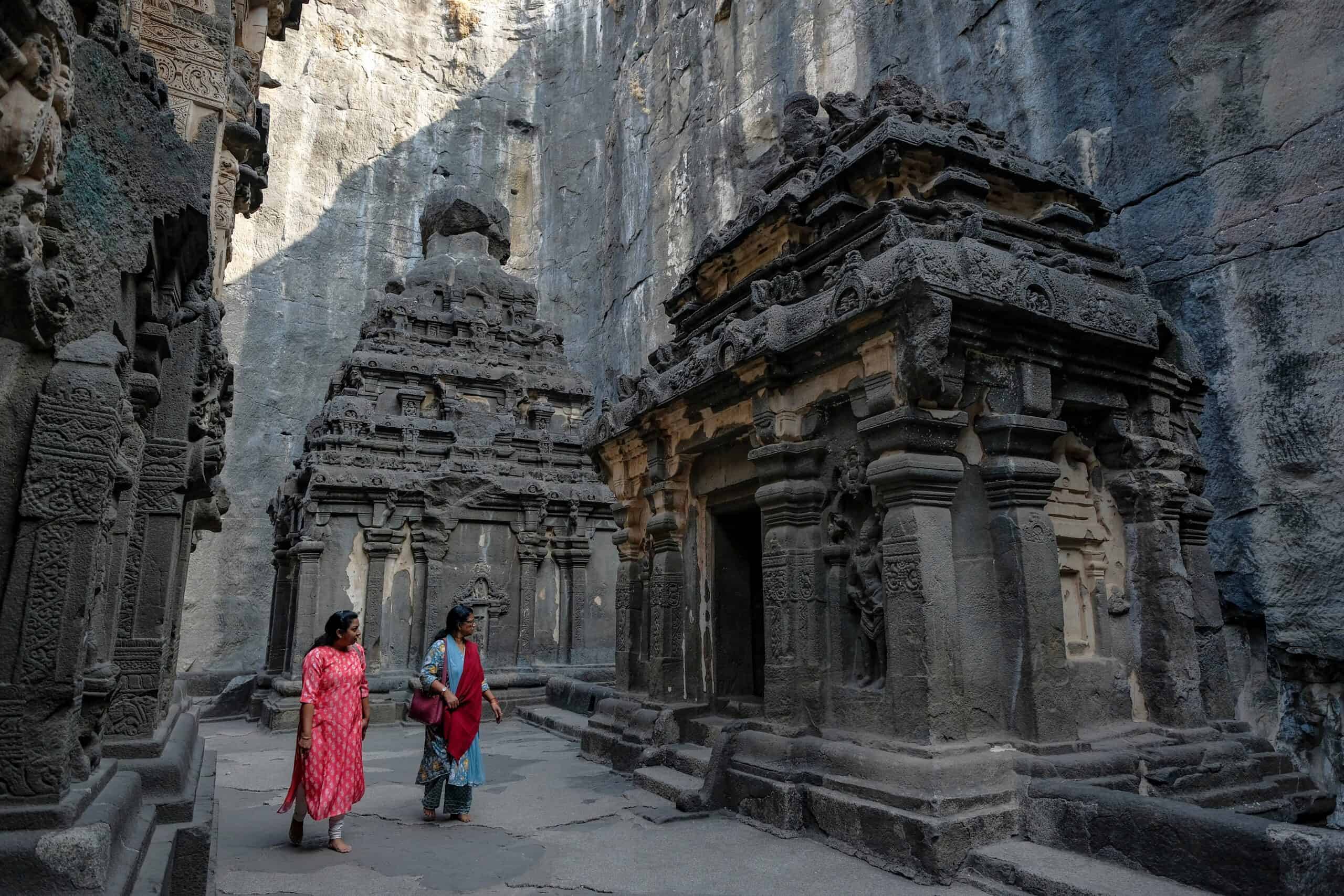
The Kailasa Temple at Ellora, a rock-cut structure carved from a single basalt rock, is one of the most astonishing architectural achievements in ancient India. This temple, dedicated to Lord Shiva, is part of the Ellora Caves complex and dates back to the 8th century. Remarkably, it was excavated from the top down, with craftsmen carving intricate details, statues, and ornate pillars directly into the mountainside. The temple’s sheer size, precision, and the speed with which it may have been completed seem almost impossible given the tools available at the time. Experts are baffled by how workers achieved such complex designs with limited technology. The Kailasa Temple’s creation process remains a profound mystery.
Rapa Nui’s Moai Statues, Easter Island
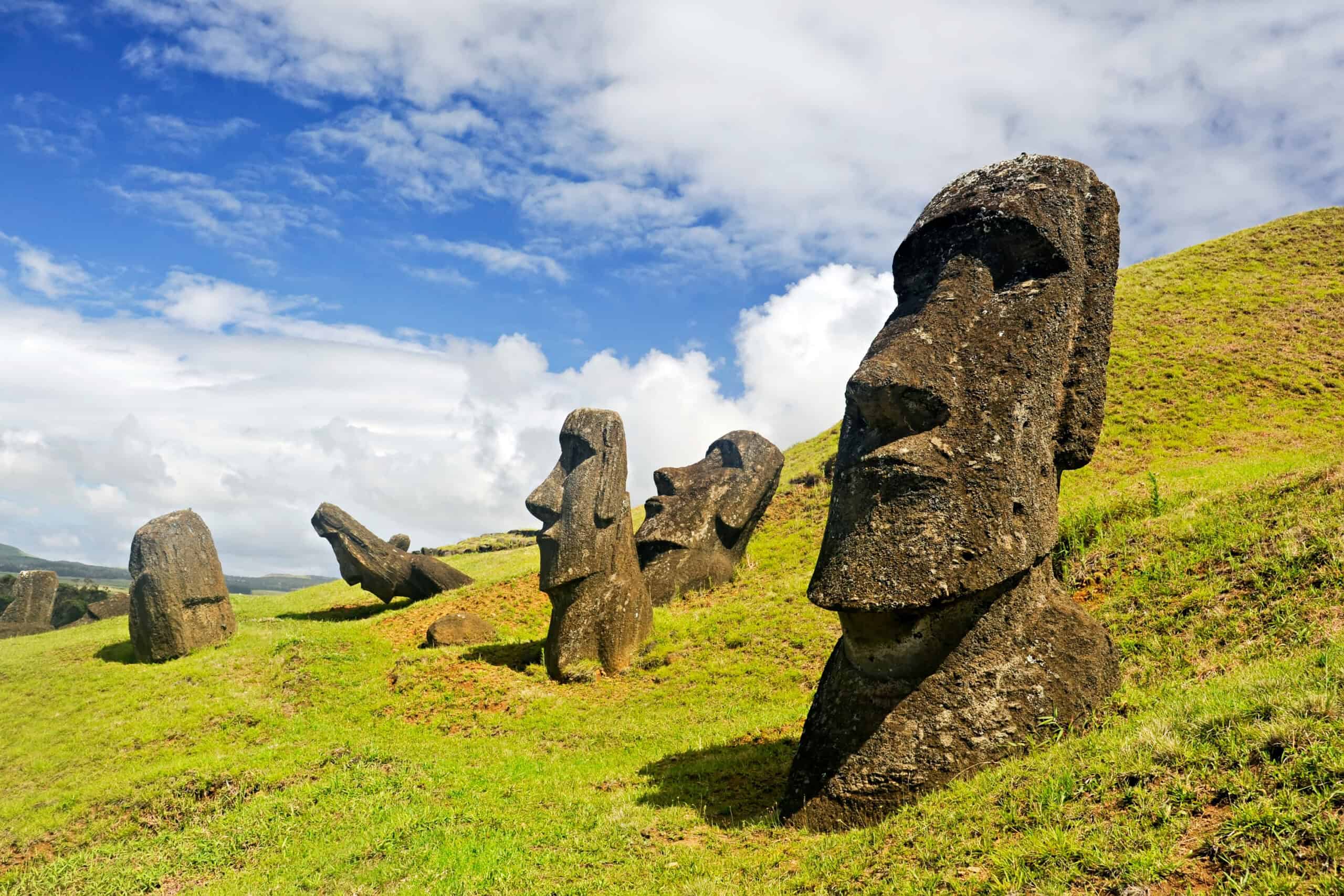
The Moai statues on Easter Island, or Rapa Nui, are iconic stone figures that captivate researchers and visitors alike. These massive stone heads and torsos, weighing up to 80 tons, were carved from volcanic rock by the Rapa Nui people between 1400 and 1650. The statues are believed to represent ancestral figures and may have held spiritual significance. Although the purpose of these statues is somewhat understood, how the Rapa Nui moved these colossal structures across the island remains uncertain. Various theories suggest they were rolled, dragged, or “walked” into place. The method of transportation, along with the reasons for the statues’ eventual toppling, continues to puzzle archaeologists.
The Longyou Caves, China
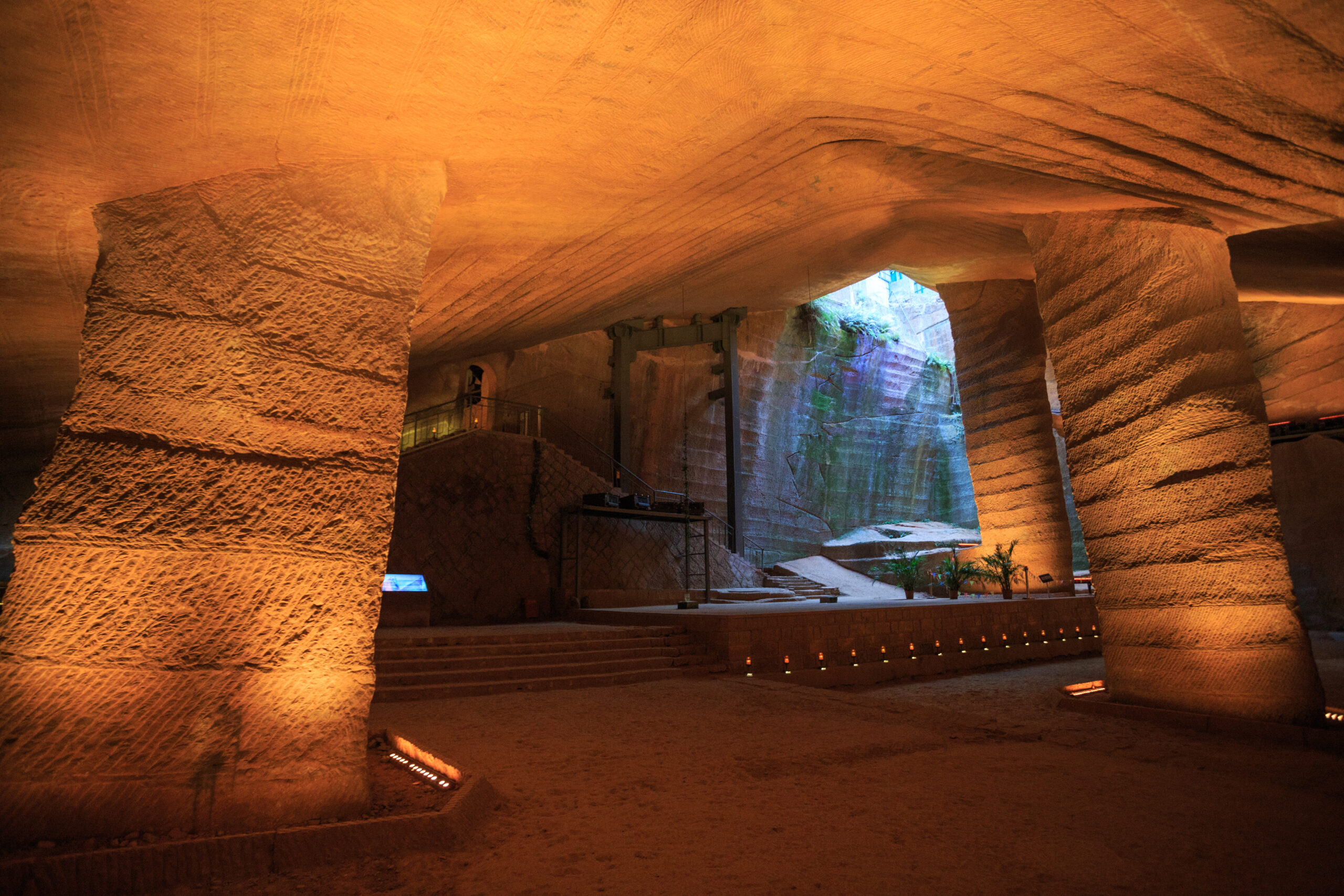
The Longyou Caves in Zhejiang Province, China, are a series of hand-dug caves that date back over 2,000 years. Carved entirely out of sandstone, these caves cover an area of over 30,000 square meters and include numerous stone pillars, stairs, and halls. Each cave has remarkably smooth walls, with intricate carvings that indicate advanced craftsmanship. No historical records explain who built them, why, or how they were constructed with such precision. The lack of evidence about their construction process or purpose has led to theories of secret societies, ancient technology, or even extraterrestrial influence. The Longyou Caves stand as one of China’s most perplexing ancient mysteries.
The Dolmens of North Caucasus, Russia
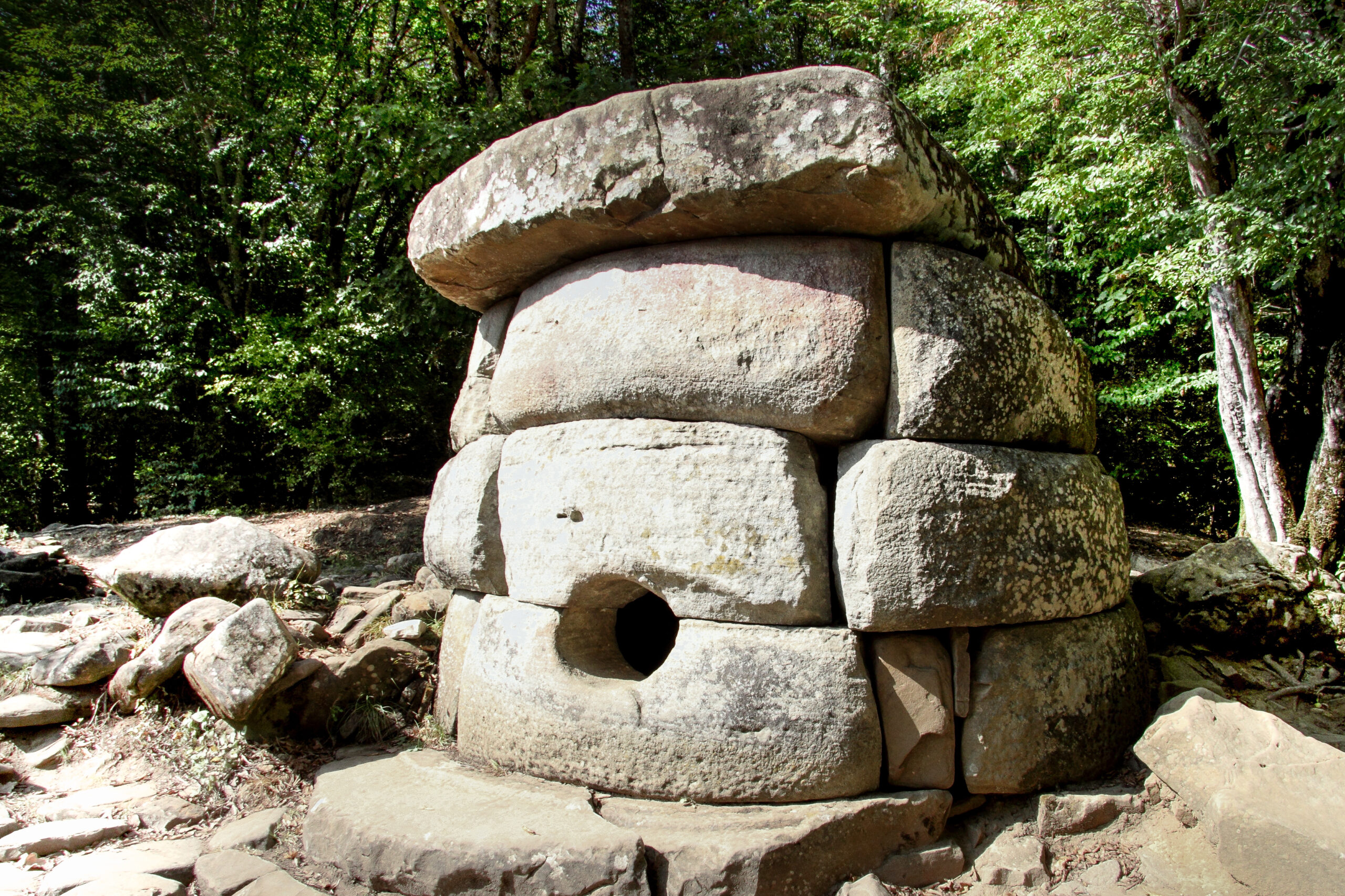
The Dolmens of the North Caucasus are ancient megalithic tombs scattered across the region, some of which date back as far as 3000 BCE. These dolmens are constructed from massive stone slabs with openings in the center, resembling doorways to another realm. The craftsmanship required to create such large, precisely aligned structures is astonishing, given the tools available at the time. The stones often bear carvings, yet their meanings remain a mystery. The purpose of these dolmens, whether for burial, ritual, or something else entirely, is unknown. Scholars continue to debate the origins and function of these enigmatic stone structures.
The Baalbek Stones, Lebanon
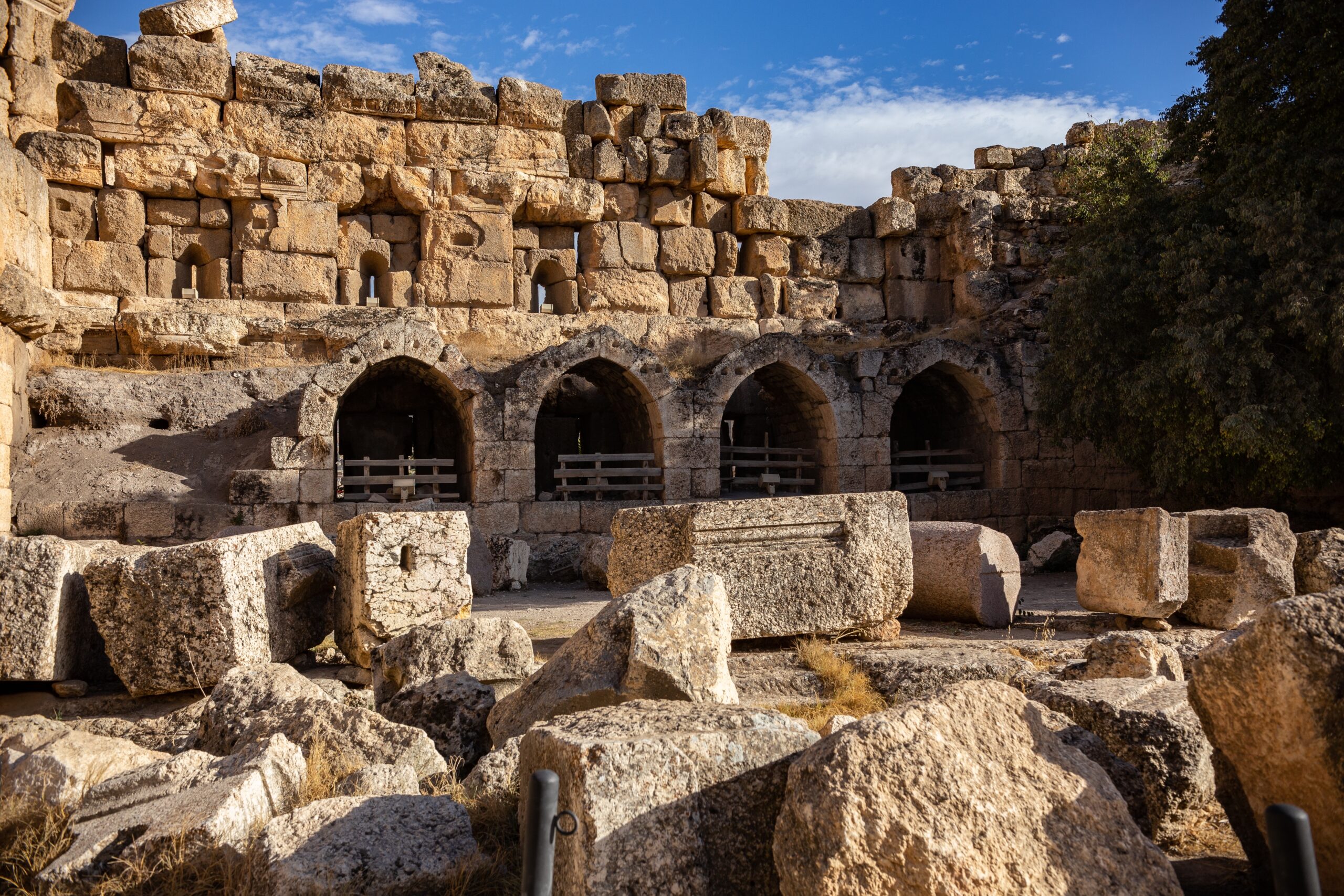
The Baalbek Stones, located in the ancient temple complex of Baalbek in Lebanon, are some of the largest carved stones in the world. The most massive stone, known as the Stone of the Pregnant Woman, weighs over 1,000 tons. These gigantic stones are part of the foundation of the Roman temple complex, though their origin predates the Romans, leading to speculation about an earlier civilization. How these enormous stones were transported and lifted into place remains a mystery, as even modern machinery would struggle with such a task. The Baalbek Stones are a testament to ancient engineering that continues to astonish and confound.
The Tomb of Qin Shi Huang and the Terracotta Army, China
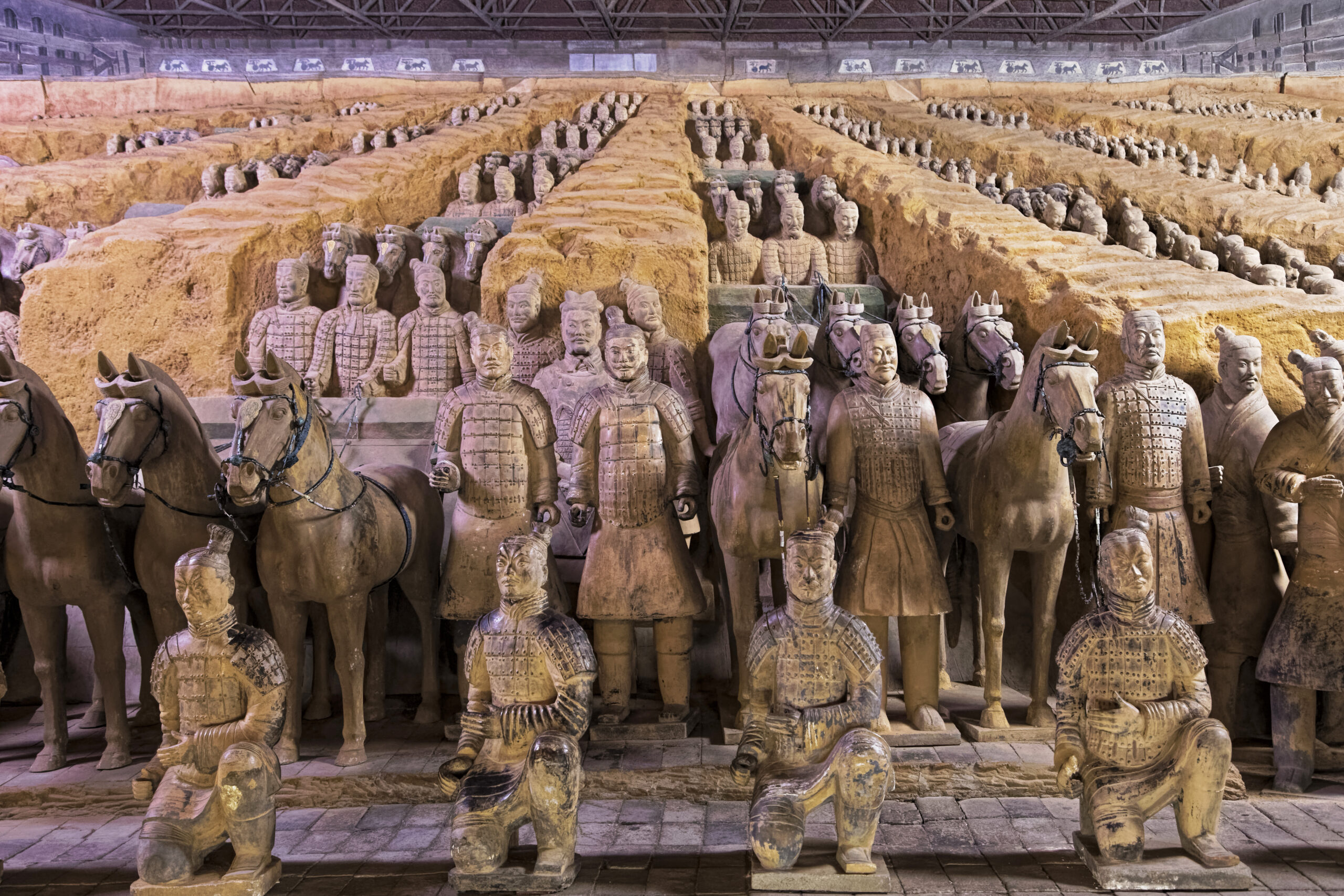
The Tomb of Qin Shi Huang, the first emperor of China, is an elaborate mausoleum that includes the famous Terracotta Army—thousands of life-sized clay soldiers, horses, and chariots guarding the tomb. Discovered in 1974, the mausoleum remains largely unexcavated, with legends suggesting rivers of mercury and elaborate booby traps to deter grave robbers. The construction and purpose of the Terracotta Army are better understood, symbolizing the emperor’s desire to maintain his rule in the afterlife. However, the full extent of the tomb’s secrets, including its layout and hidden treasures, remain unknown due to the risk of damaging the site. The tomb’s mysteries continue to draw fascination and caution from archaeologists.
This article originally appeared on Rarest.org.
More from Rarest.org
18 Discontinued Tech Gadgets That Are Worth a Small Fortune Today

In the fast-paced world of technology, gadgets come and go, but some discontinued devices have stood the test of time by becoming highly sought-after collectibles. Read More.
18 Astonishing Parasites with Mind-Blowing Survival Tactics

Parasites are some of the most astonishing organisms on the planet, using incredibly clever tactics to survive and reproduce. Read More.
20 Oldest Sports in the World

Sports have been a fundamental part of human history, with many ancient games evolving into the popular competitions we know today. Read More.
